In the first half of May, Dr. Valencia published two articles about the East Sea : "As risks in the East Sea increase, the parties have only one way out: compromise" (published in the South China Morning Post ) and "Avoiding the worst-case scenario for the East Sea" (published in the Asia Times ).
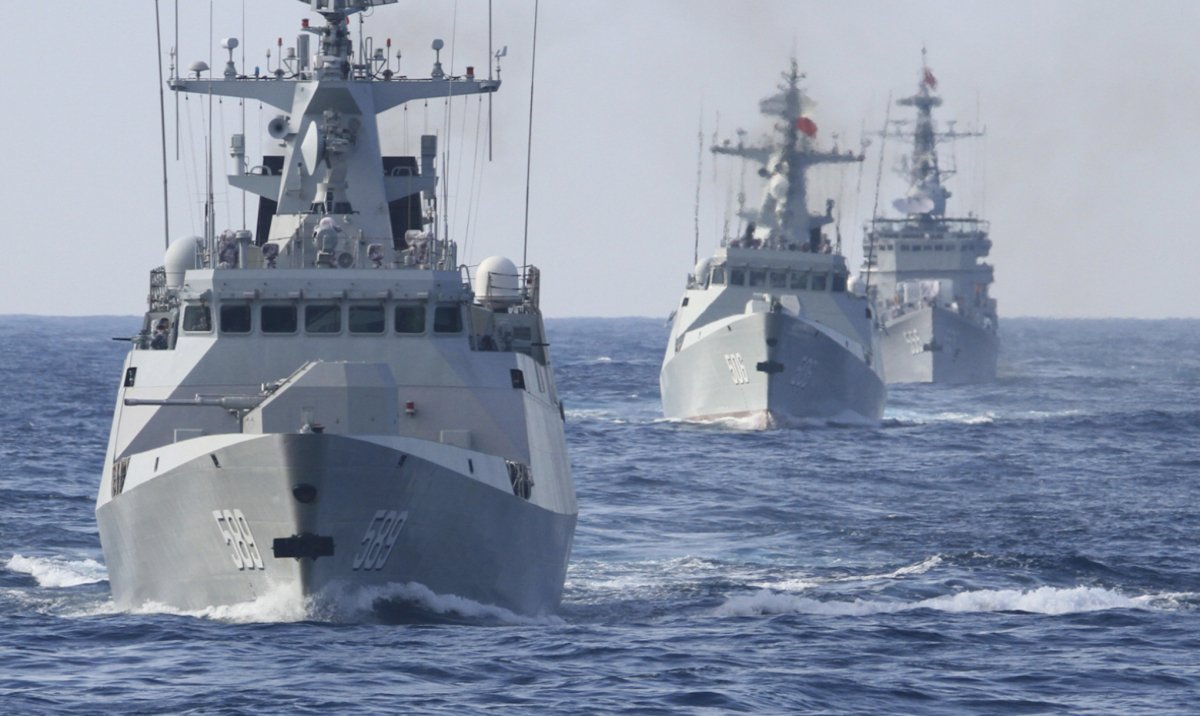
Chinese warships during an exercise in the East Sea
The "carrot and stick" metaphor
Basically, the content of the two articles is almost the same. Accordingly, the author believes that since the International Court of Arbitration (PCA) in The Hague issued a ruling rejecting China's sovereignty claim in the East Sea, Beijing has continued to increase its ability to control this sea area with militia ships, coast guard ships and even the navy. China will not give up its sovereignty claim in the East Sea.
In such a context, the author believes that some countries in the region such as Indonesia, Malaysia, the Philippines and Vietnam are trying to push back China's activities by strengthening military cooperation with the US and other powers outside the region. From there, Dr. Valencia believes that these actions will push military tensions in the East Sea to a climax, leading to the worst-case scenario of a military conflict.
This expert asserted that China's economic and military power is growing rapidly and cannot be reversed. As for the US, it is difficult to pursue a vague concept like "international order". Through that, Dr. Valencia implicitly warned that the parties in the region that are aligned with the US will suffer the consequences, "can do nothing but moan, complain and beg for US military support".
From such arguments, the author of the article asserts that the only solution is to cooperate with China based on the foundations and programs that Beijing has planned. This includes China's preferential access - under the coordination of the parties - to a part of the aquatic and oil and gas resources.
Swapping the truth
The above expert's analysis is not only forced and stereotypical, but also blaming.
Specifically, Vietnam has repeatedly emphasized its foreign policy of independence, self-reliance, diversification, multilateralization of foreign relations, and proactive and active comprehensive and extensive international integration. In particular, Vietnam has not only made efforts to strengthen cooperative relations with the US but also with many parties, including China. Up to now, all military cooperation programs that Vietnam has participated in have been aimed at maintaining peace and stability in the region. Vietnam has not joined any military alliance, nor has it participated in or conducted military activities that have increased tensions in the East Sea. Therefore, there has been absolutely no action called cooperation with the US to push China out of the East Sea.
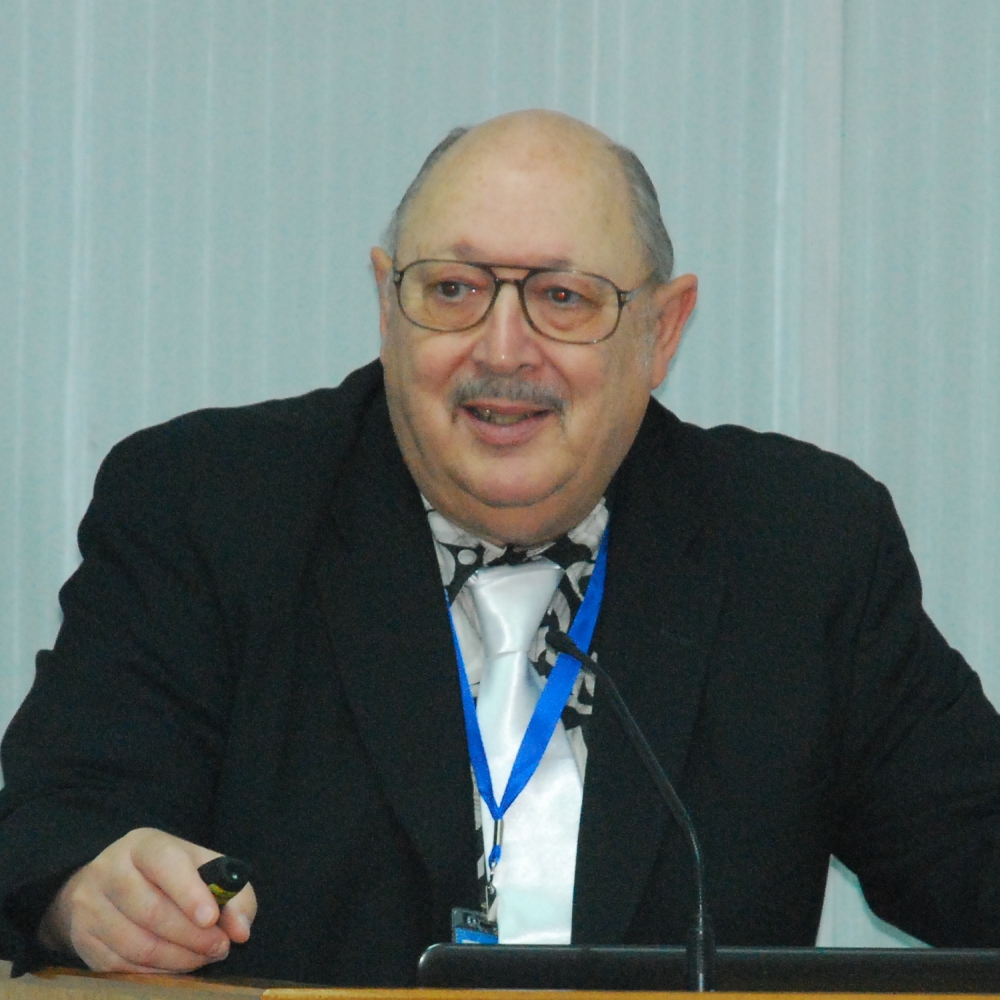
Familiar tone
Dr. Valencia (pictured) is an expert with many years of research on the regional situation, including the East Sea issue. Previously, this expert worked for the National Institute for South China Sea Studies of China, under the chairmanship of Dr. Wu Shicun. Recently, Dr. Valencia introduced that he is doing research at the Huayang Institute for Maritime Cooperation and Ocean Governance (China) - currently chaired by Dr. Wu Shicun.
In recent years, along with Mr. Ngo Si Ton, his colleague Mark Valencia has frequently written articles attributing all instability in the region to US involvement and the countries in the region being "unreasonable" towards China.
On the contrary, it is China that has continuously increased its militarization to control the East Sea, in defiance of international law. Beijing has continuously escalated by illegally building infrastructure and deploying heavy weapons on entities in the two archipelagos of Hoang Sa and Truong Sa, which belong to Vietnam but are illegally occupied by China. Chinese fighter jets are regularly present on Phu Lam Island in the Hoang Sa archipelago of Vietnam.
Since 2016, Beijing has also deployed an anti-aircraft missile system on this island, and later added YJ-62 anti-ship missiles and many other types of weapons. Also since 2016, China has built a 3,000 m long runway, large hangars... on the three artificial islands of Van Khanh, Chu Thap and Xu Bi in Vietnam's Truong Sa archipelago. After having the infrastructure, China mobilized many types of military aircraft and missiles to this area.
Those actions are the source of regional tensions.
Besides, Vietnam always aims for dialogue solutions to resolve disagreements based on international law. That is why all solutions must be fair and in accordance with international law, not using military and economic power to seize "priority" rights in exploiting fisheries and oil and gas in the East Sea.
Source link


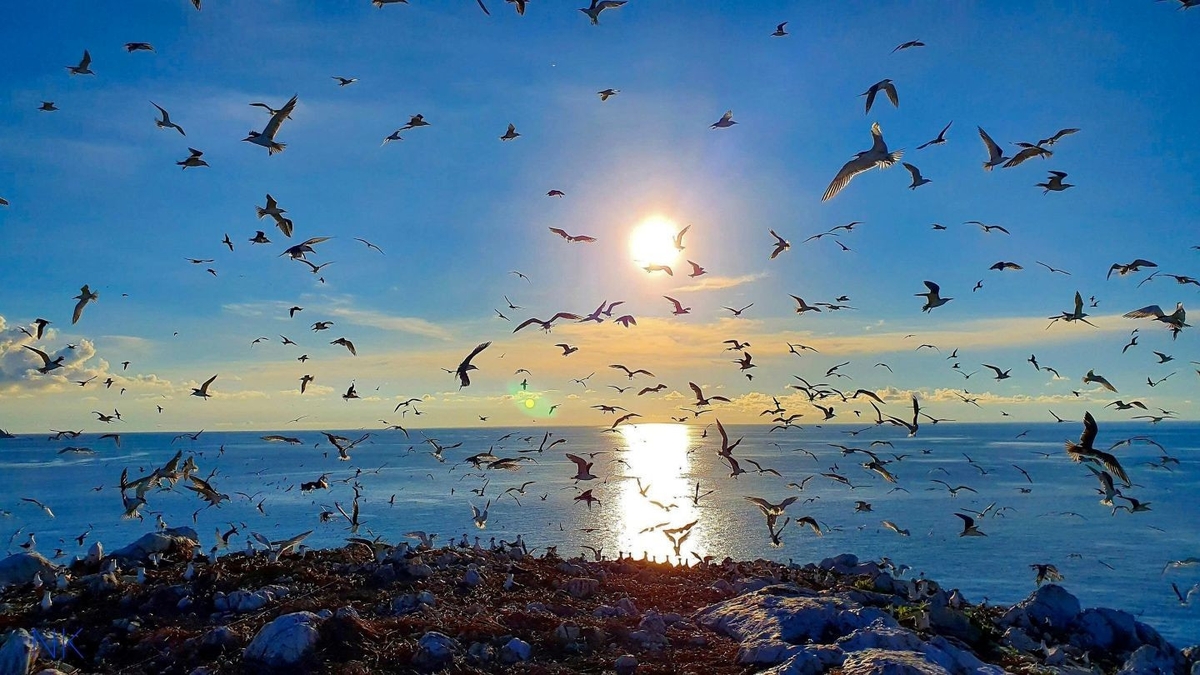

![[Photo] Da Nang: Shock forces protect people's lives and property from natural disasters](https://vphoto.vietnam.vn/thumb/1200x675/vietnam/resource/IMAGE/2025/10/22/1761145662726_ndo_tr_z7144555003331-7912dd3d47479764c3df11043a705f22-3095-jpg.webp)
![[Photo] Award Ceremony of the Political Contest on Protecting the Party's Ideological Foundation](https://vphoto.vietnam.vn/thumb/1200x675/vietnam/resource/IMAGE/2025/10/22/1761151665557_giaia-jpg.webp)
![[Photo] Prime Minister Pham Minh Chinh chairs meeting on nuclear power plant construction](https://vphoto.vietnam.vn/thumb/1200x675/vietnam/resource/IMAGE/2025/10/22/1761137852450_dsc-9299-jpg.webp)



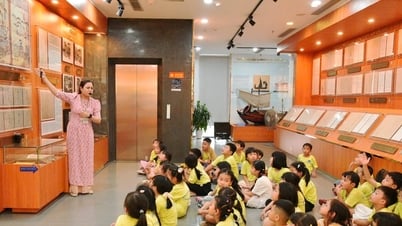

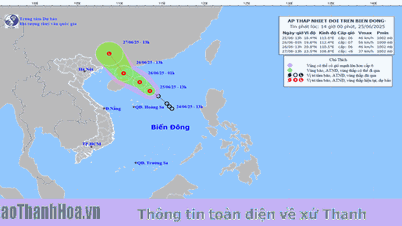

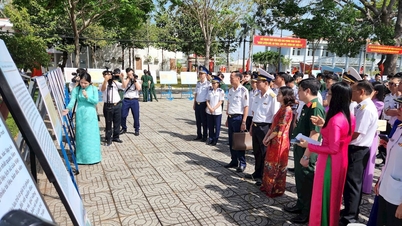

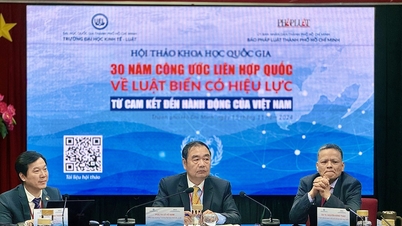
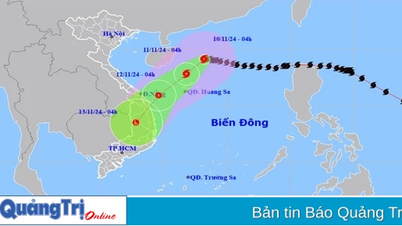

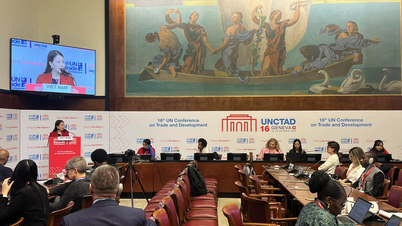

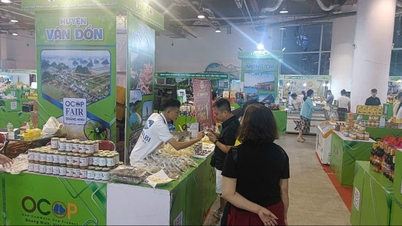
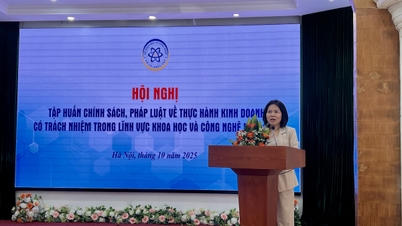
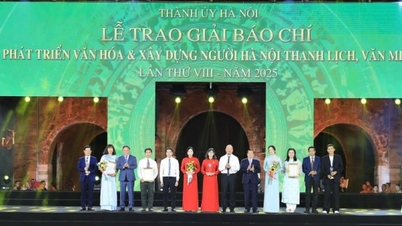
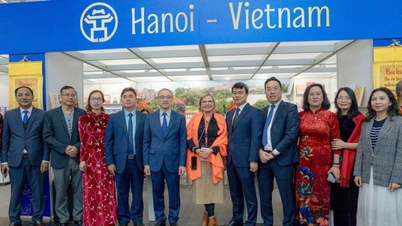
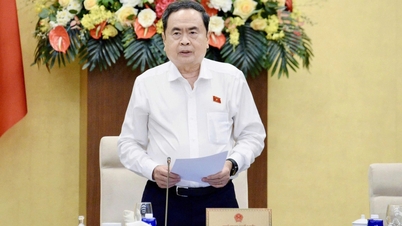




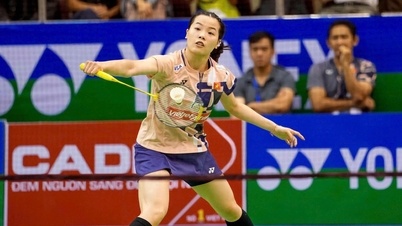
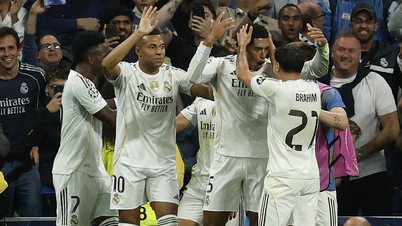


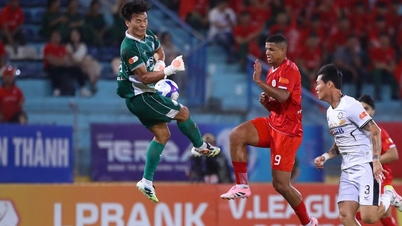
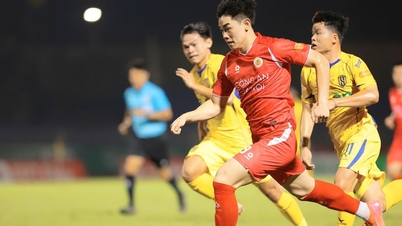
![[Photo] Comrade Nguyen Duy Ngoc visited and worked at SITRA Innovation Fund and ICEYE Space Technology Company](https://vphoto.vietnam.vn/thumb/1200x675/vietnam/resource/IMAGE/2025/10/23/1761174470916_dcngoc1-jpg.webp)
![[Photo] General Secretary To Lam and his wife begin their official visit to Bulgaria](https://vphoto.vietnam.vn/thumb/1200x675/vietnam/resource/IMAGE/2025/10/23/1761174468226_tbtpn5-jpg.webp)
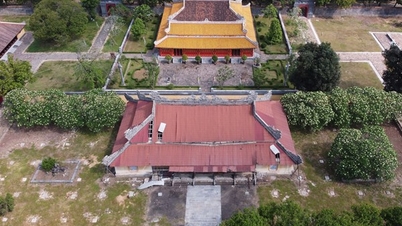

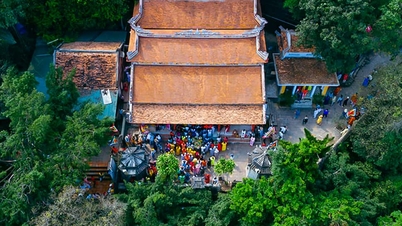

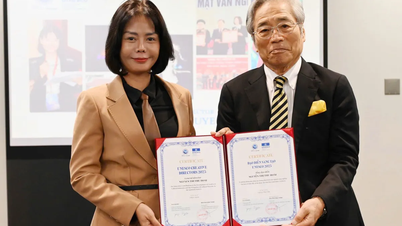

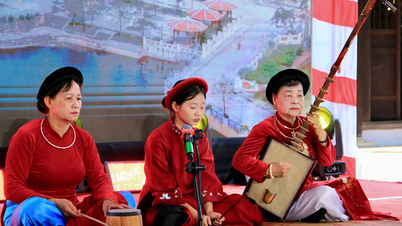

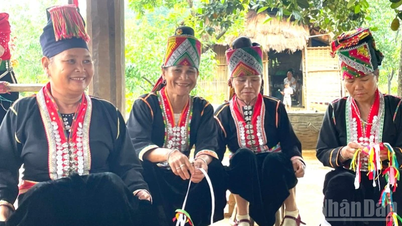

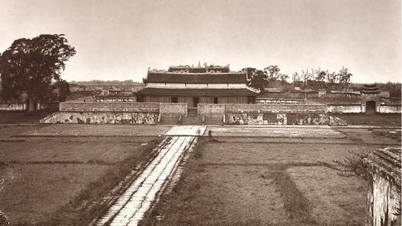

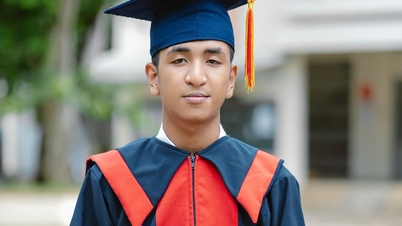




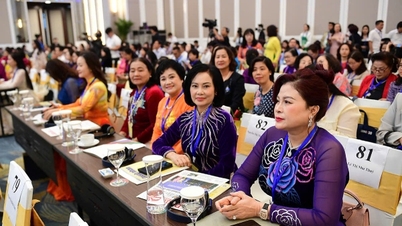





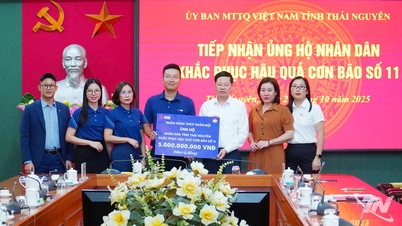



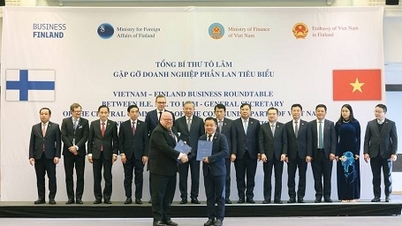
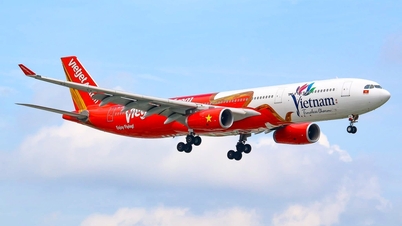
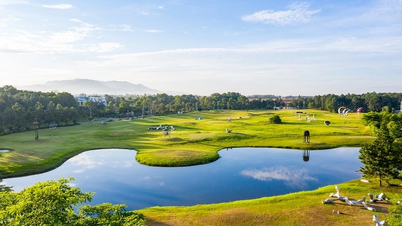






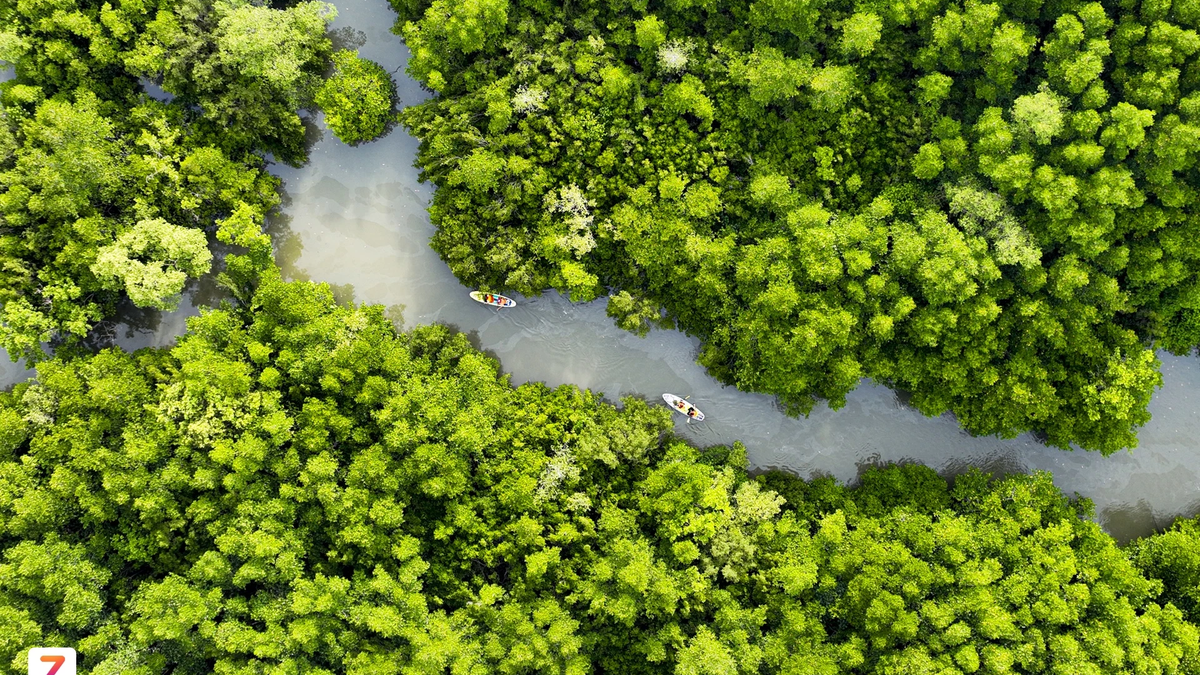
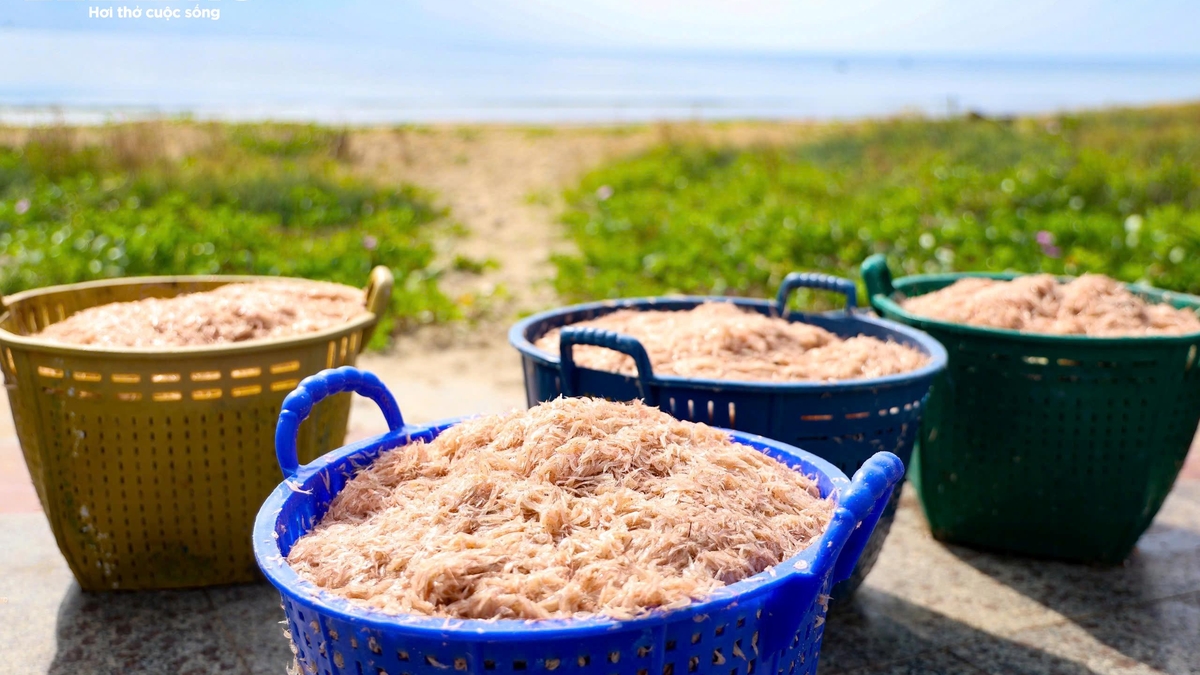
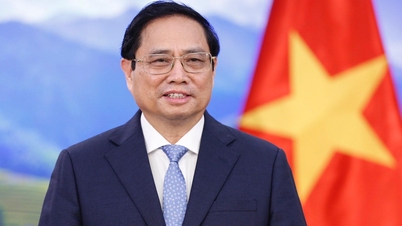
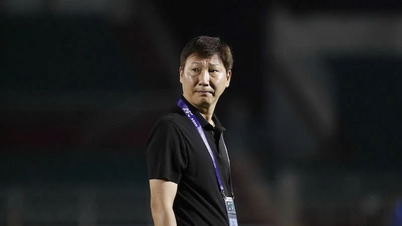
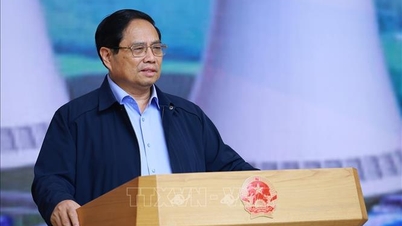
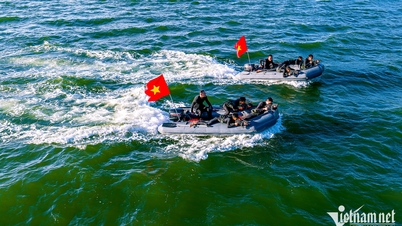
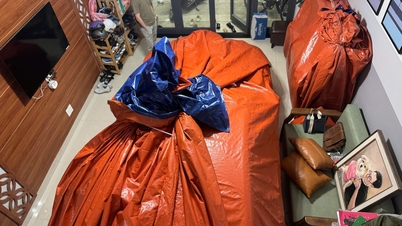
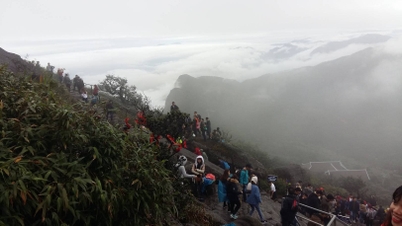

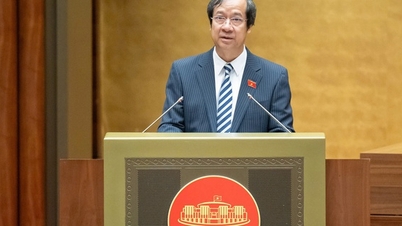

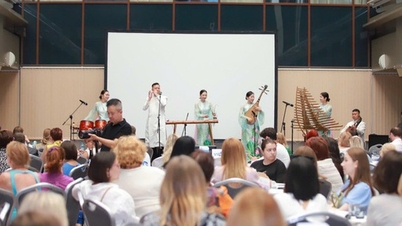
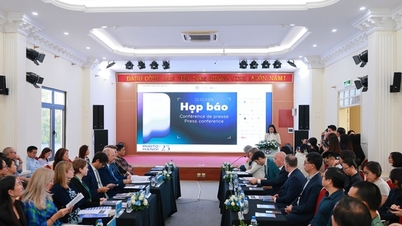
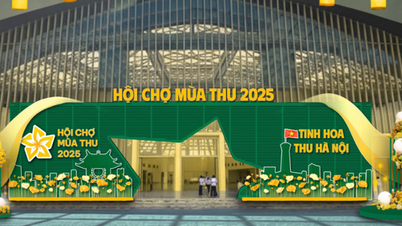
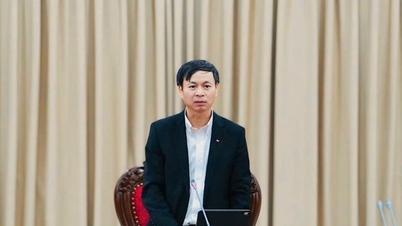

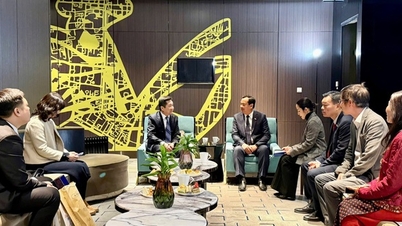
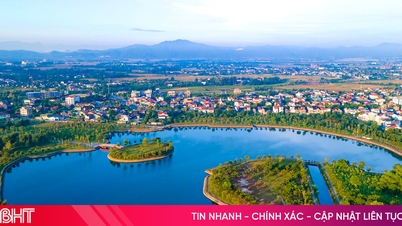

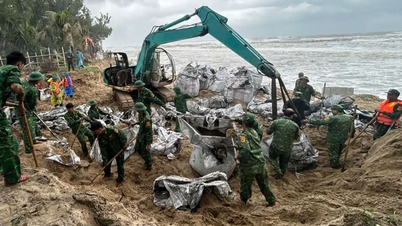


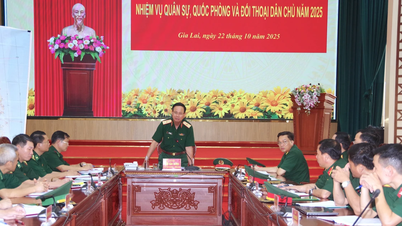

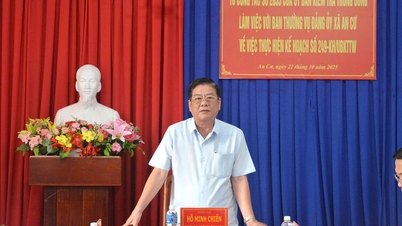

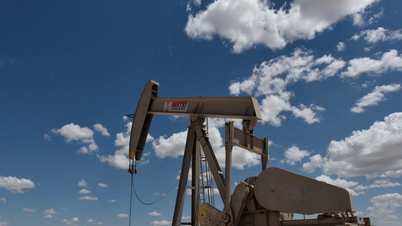






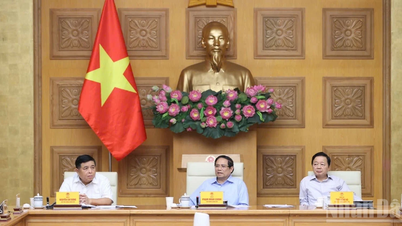
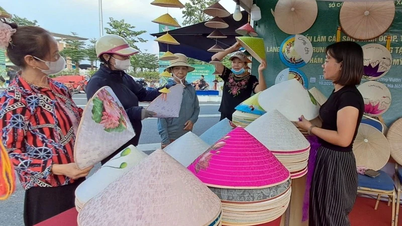



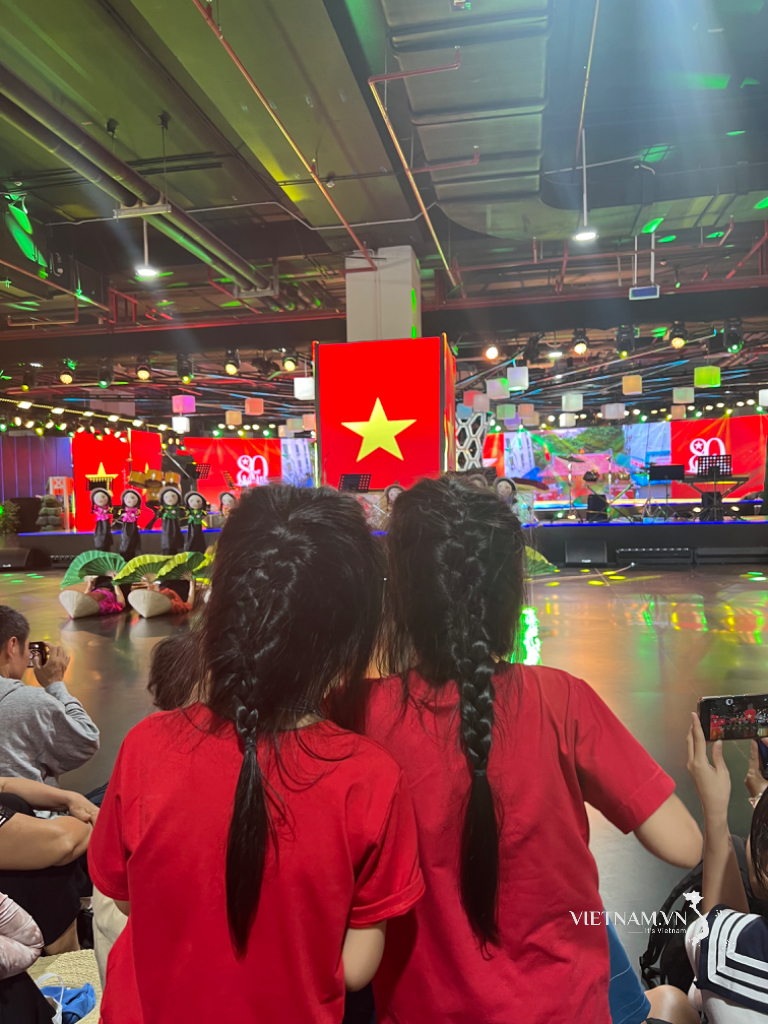

Comment (0)